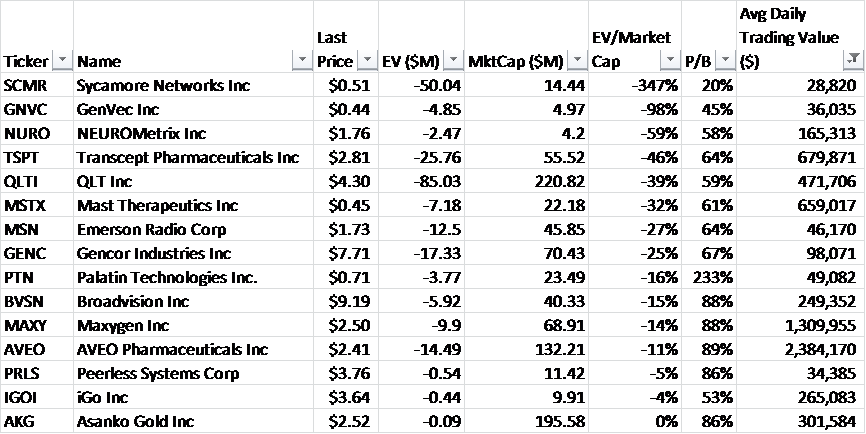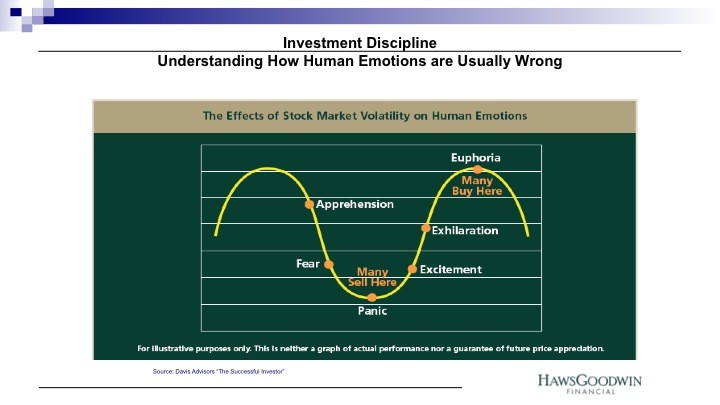Introspection Can Improve Your Investing
Post on: 30 Май, 2015 No Comment

The holiday season and the turn of the calendar year can create an opportunity for introspection as to how you invest. While one should be just as introspective about wins, it is too difficult for most to separate brilliance and a bull market. Hopefully on the downside it is a bit easier to identify systemic elements that led to losses. To see what impulses are really working, we must shed the standard alibis — “someone lied,” an external negatively interpreted event surprised us, or the weather plus Christmas or Easter came early. While each of these excuses may have happened, your own particular losses are what you were thinking about before, during, and after the market preyed upon your conscience.
The following items are what I have developed for review of my investments. I offer these points as a guide as to what one can produce through introspection.
Timing
First, it is helpful to admit that very rarely can we buy at the bottom or sell at the top. For the long-term investor to be within 15% of the extreme prices would be remarkable and to accomplish both feats is just about impossible. My timing decisions for the most part are driven by internal and external needs. The internal needs are functions of incoming or outgoing cash flow requirements, a change in the portfolio structure caused by the desirability of exiting some investment, and/or inflexible allocation strictures. The external forces have to do with prices or price-related ratios (price to intrinsic absolute value, price to book value, earnings or dividend yield). The external numbers can be viewed on an absolute or relative basis. A sound investment advisor can help with these decisions. In the absence of an adviser, investors are able to conduct the work themselves, accepting that one can be somewhat inefficient and can dollar-cost-average his or her overtime.
The result of any averaging approach is not to get the single best price. The average price is very likely to be below the best price achieved over the period. The benefit of this unaided strategy is that one has broken the paralysis of analysis. The disadvantage may be for the intervening broker (if you are not using funds), who prefers one large order rather than a series of smaller orders.
The value of the last conversation
In both the military and in various theatrical shows, the last conversation usually places everything into perspective and then there can be an immediate action to solve the issue at hand. The last action may well be, but isnt necessarily, the most current information on a moving target. As with all elements of information, the last one needs to be evaluated in terms of quality of information (how much is factual rather than opinion?), accuracy (do the “facts” tie in with previous information?), and motivation of the source (what does the provider in the long run expect in return?). In a world bound by concerns of insider trading and full disclosure regulations, the game has become more difficult but more rewarding. The SEC has accepted the “Mosaic Theory” approach to building investment conclusions, which is actually a defense against accusations of using insider information. This is a very tricky area.
Many years ago I was managing money for a foundation that had a large block of the late founders’ stock in a large, listed deteriorating retail company with some representation from the company on the foundation’s board but not its investment committee. I was urging an immediate plan to move out of the stock as quickly as possible based on the fact I could not find any leading analysts following the company. The foundation’s external lawyers said that a sale would violate the insider selling rules as the foundation knew that the current management was incompetent. The founder’s company soon thereafter went bankrupt and a significant amount of scholarship money was lost. Bottom line: Some additional insight is good, but too much is dangerous.
Looking too hard for negative indicators
Over time I have found it difficult to find individuals that have a spotless record of correct decisions. The best are right two-thirds of the time and perhaps in a very rare instance three-quarters of the time. On the other hand, there are other people that have a superior history of being wrong. In the current environment certain political leaders and central bankers have been great negative indicators. One of the reasons I am increasingly cautious is the growing enthusiasm for the immediate future. A good example of this is a columnist for a major NY newspaper over the weekend discussed a bullish view of the future, which is okay and could be correct. However, he said he could not find anyone that was extremely cautious to somewhat negative. He didn’t look very hard, as we have seen significant sales of public stock by well-known investors and an increasing number of small-cap mutual funds closing to new money additions. Thus, I am confirmed in my cautious attitude, but I must be on guard to the fact that every now and then a negative indicator could be correct.
How smart am I?
My brother tells me that our grandfather warned us that the person on the other side of the trade was likely to be at least as smart as we were and could possibly have better information than we did. This warning predated the SEC, but it is as valid today as in the last century. The only way I can deal with this reasoned fear is recognizing that the buyer and seller may well have different time frames that they are being measured. Most of the time the seller has an immediate need for cash and the buyer is looking for a longer-term reward.
Too much attention to today
We can describe yesterday’s price with extreme accuracy to many digits beyond the decimal point. We have the headlines and, perhaps more importantly, the buried smaller news articles for today. Almost all of the various pundits will focus on the current. As a long-term investor for my clients and my family, I should be more concerned about future valuations based on future conditions. Clearly, I can not view the future with any degree of precision, but in some ways these outlooks are of much greater value in building and sustaining wealth than the current obsession with precision and today’s market “news.”
When I visit good managers, it is difficult but rewarding to discuss how they see the future.

Too low a discount of expected future returns
In a period of manipulated interest rates there is a tendency to use current rates to discount future cash flows. As the current rates do not take into consideration the business and human risks present today and likely to be in the future, many investors, corporate executives, and investment committees are in my opinion over-valuing future flows of cash. Alternatively, I would suggest that a discounted rate should be the higher of a sound pension fund’s actuarial assumption or the yield on high-yield (junk) bonds to cover the risks and uncertainties. I am having difficulties finding suitable long-term investments meeting these criteria.
What introspections have you done or are likely to do in the future? Please let me know.
_____________________
A. Michael Lipper, CFA
All Rights Reserved.
Contact author for limited redistribution permission.














